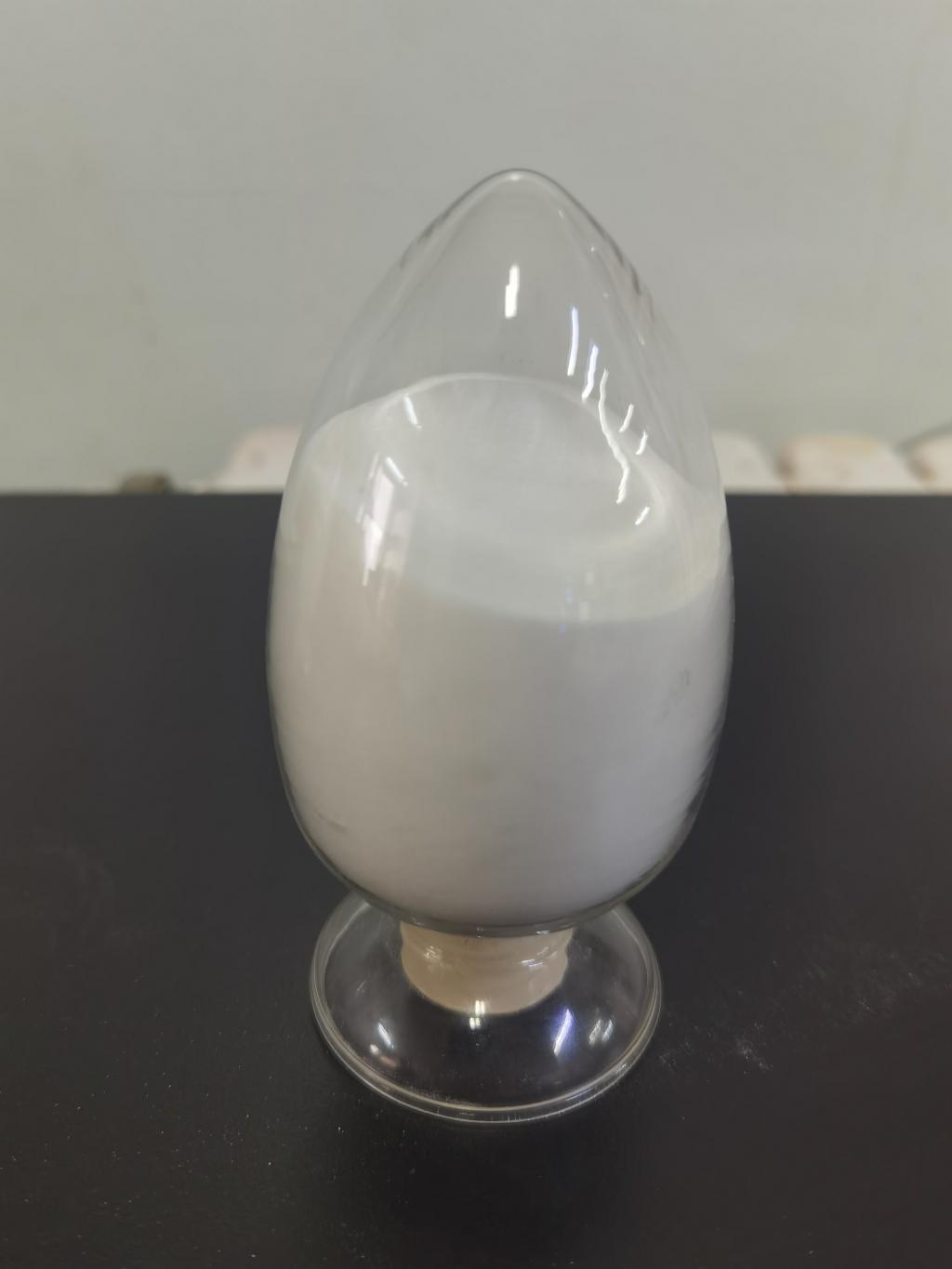Tel:+8618231198596

News
 CONTACT
CONTACT
 CONTACT
CONTACT
- Linkman:Linda Yao
- Tel: +8618231198596
- Email:linda.yao@dcpharma.cn
- Linkman:CHARLES.WANG
- Department:Overseas
- Tel: 0086 0311-85537378 0086 0311-85539701
News
Evaluating the safety and regulatory aspects of ε-Polylysine hydrochloride in food industry.
TIME:2024-04-15
Toxicological Profile:
Extensive toxicological studies have been conducted to assess the safety of ε-Polylysine hydrochloride for human consumption. These studies have consistently demonstrated its low toxicity, with no adverse effects observed at typical usage levels. ε-Polylysine hydrochloride is metabolized into harmless amino acids in the body and is excreted through normal physiological processes. Furthermore, it has been classified as Generally Recognized as Safe (GRAS) by regulatory agencies such as the Food and Drug Administration (FDA) and the European Food Safety Authority (EFSA).
Regulatory Approvals:
ε-Polylysine hydrochloride has received regulatory approval for use as a food additive in many countries, including the United States, European Union, Japan, and China. Regulatory agencies evaluate its safety based on toxicological data, dietary exposure assessments, and compliance with good manufacturing practices (GMP). Maximum usage levels and labeling requirements are established to ensure its safe use in food products. Additionally, ε-Polylysine hydrochloride may be subject to specific regulations depending on the country and intended use.
Labeling Requirements:
Food products containing ε-Polylysine hydrochloride as a preservative must adhere to labeling requirements mandated by regulatory agencies. These requirements typically include the declaration of ε-Polylysine hydrochloride in the ingredient list, along with its function as a preservative. Additionally, labeling may include information on recommended usage levels, storage conditions, and any potential allergenicity concerns. Clear and accurate labeling ensures transparency and enables consumers to make informed choices about the products they consume.
Consumer Acceptance:
Consumer acceptance of ε-Polylysine hydrochloride as a food preservative is influenced by factors such as perception of safety, efficacy, and naturalness. While some consumers may embrace natural preservatives as an alternative to synthetic additives, others may have reservations about their use. Educating consumers about the safety and benefits of ε-Polylysine hydrochloride, as well as its role in food preservation, is essential for fostering acceptance and trust. Transparent communication by food manufacturers and regulatory agencies is key to building consumer confidence in ε-Polylysine hydrochloride.
Challenges and Future Directions:
Despite its regulatory approvals and favorable safety profile, ε-Polylysine hydrochloride faces challenges in terms of formulation optimization, cost-effectiveness, and consumer perception. Addressing these challenges requires ongoing research and innovation in areas such as production methods, formulation technologies, and communication strategies. Additionally, continued monitoring of ε-Polylysine hydrochloride's safety and efficacy is essential to ensure its responsible use in the food industry.
Conclusion:
In conclusion, ε-Polylysine hydrochloride offers a safe and effective solution for food preservation, with regulatory approvals and a favorable toxicological profile. Compliance with regulatory standards, transparent labeling, and consumer education are crucial for its responsible use in the food industry. By addressing challenges and fostering consumer acceptance, ε-Polylysine hydrochloride can contribute to the development of safer and more sustainable food products. Continued collaboration between industry stakeholders, regulatory agencies, and research institutions is essential to realizing the full potential of ε-Polylysine hydrochloride in enhancing food safety and quality.
- Tel:+8618231198596
- Whatsapp:18231198596
- Chat With Skype







